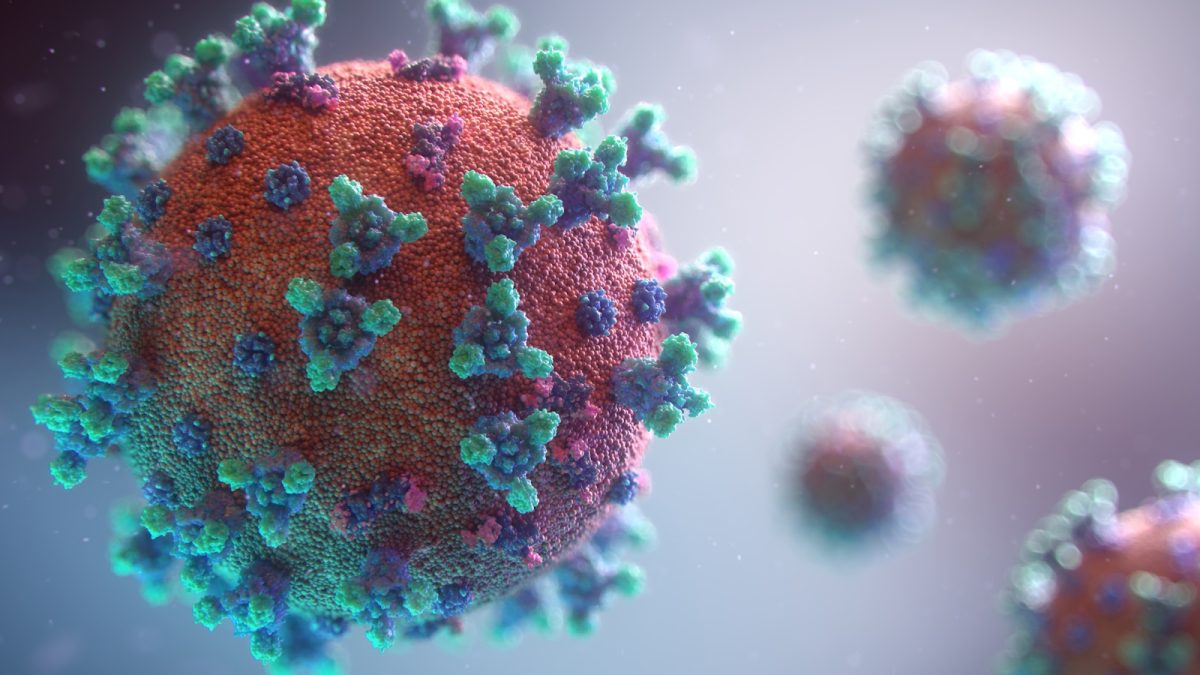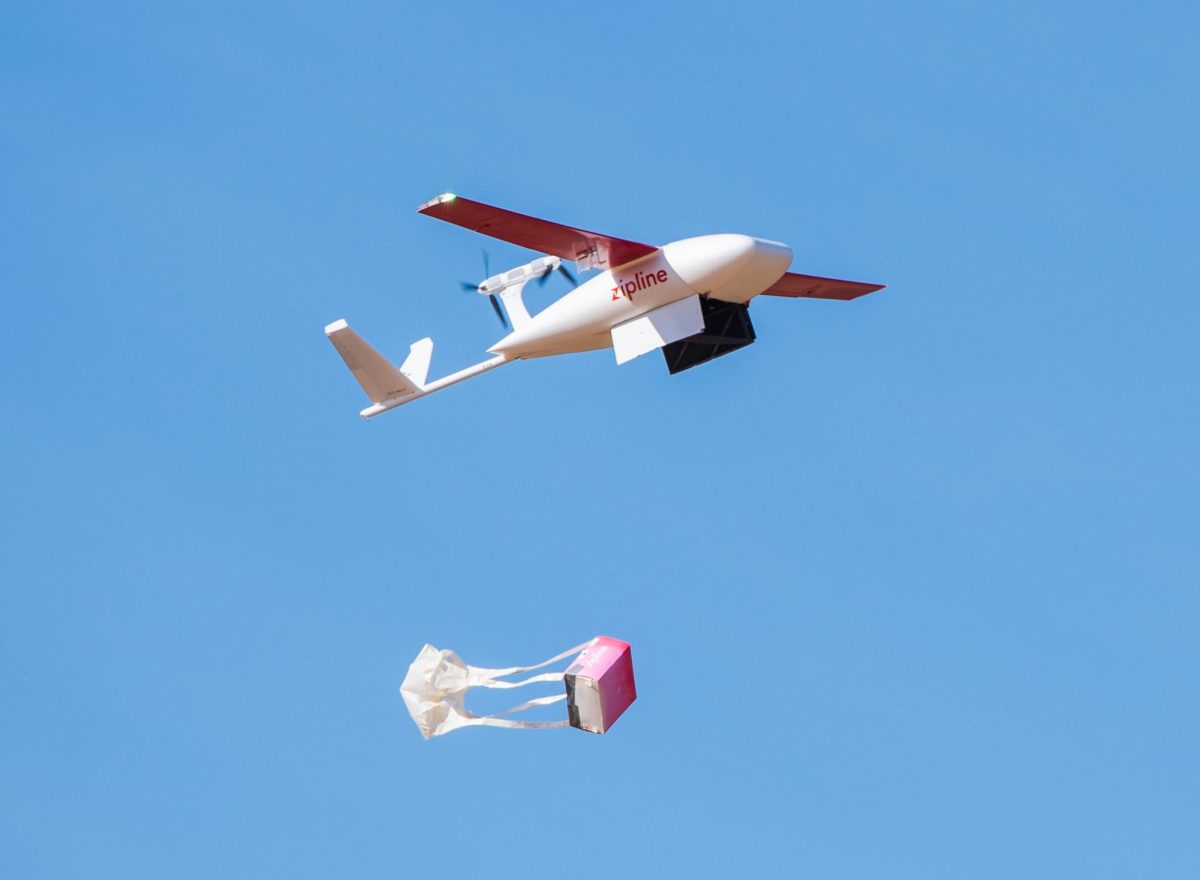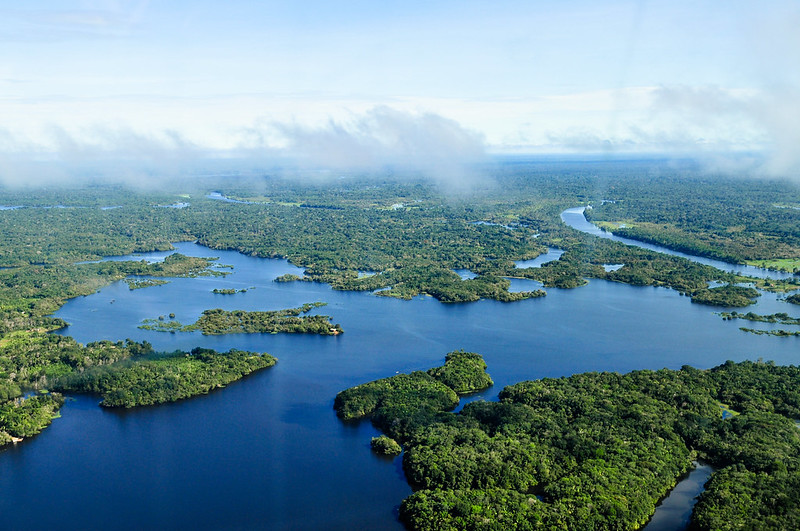Early Outbreaks
The flu, one the most deadly diseases, has an extensive history of death and pandemics, but also one of resistance and development. The first possible influenza outbreak was around 6,000 BC in China and other descriptions from Greece have been theorized to talk about influenza. Other outbreaks in Europe in 1173 AD and 1387 AD were called influenza but it is unclear whether these outbreaks were caused by influenza. In 1493, influenza may also have been brought to the Americas because a disease resembling influenza killed most of the Antilles. Some scientists hypothesize that influenza came from domesticating animals.
First Pandemic
The first believable record of influenza occurred in 1510. The pandemic began in Asia and quickly spread to Africa, Europe, and across the seas to the Americas. Seasonal outbreaks of the flu followed, causing both the 1557 and 1580 pandemics. Although the death toll of the pandemic is unknown, 8,000 people in Rome died in the 1580 pandemic.
1700-1899 Pandemics
As technology and knowledge about the disease increased, influenza data also became more accurate. In 1729, the first pandemic of the 18th century occurred. It started in Russia and after three years, it spread across the world in waves. Another pandemic occurred in 1781, starting in China and spreading to Russia. It subsequently infected Europe and North America in a year. In St. Petersburg, around 30,000 people were being infected every day. An additional pandemic took place in 1830, spreading by ship in Asia, and eventually reaching Europe and North America. Although the death toll was low, around 20% of the population was infected during the pandemic. The last pandemic of the 19th century was the 1889 pandemic that spread via railroads and sea travel. Around 40% of the world’s population was infected and about 1 million people died.
The 1918 Pandemic
The 1918 was one the most deadly pandemics in history, around 1/3 of the world’s population was infected and 20-50 million people were killed. This pandemic was caused by the Spanish Flu, a new strand of Influenza that started in birds. The Spanish Flu most likely started in America and spread across the world when US soldiers went overseas to fight in World War I. The first wave of the Spanish Flu in 1918 was mild, but the second wave later in the same year and a significantly higher death toll. A couple of months later, a third wave with a lower mortality rate followed the second.
1918+
More pandemics occurred after World War II, the first of which was the Asian flu from 1957 to 1958. The Asian flu started in China and caused around one million deaths, most of which were from children and elderly people. The Hong Kong flu started in Hong Kong and spread across Asia, eventually reaching the US from returning Vietnam soldiers. The death toll was around 1-4 million people. The most recent flu outbreak was in 2009, when a new strand of influenza was discovered in the US and quickly spread across the world. 60.8 million people were infected and around 12,496 people died in the US.
Medical Developments
The influenza virus was first correctly identified in 1931 by Richard Slope, who published three papers describing swine influenza, a disease among pigs. During the Second World War, the US created the first influenza vaccine that was licensed in the US. A global surveillance system was also implemented to help researchers find the composition of seasonal influenza. In 1963, the first antiviral drug, Idoxuridine, was approved and helped save millions of lives. Following this development, the first trivalent flu vaccine was developed, and it protected against three strands of influenza instead of just one. Today, we use quadrivalent vaccines and are developing mRNA vaccines to potentially save more lives.
Related Stories
https://www.mayoclinic.org/diseases-conditions/history-disease-outbreaks-vaccine-timeline/flu
https://www.ncbi.nlm.nih.gov/books/NBK22148/
https://www.flu.com/Articles/2022/The-History-of-Influenza
https://en.wikipedia.org/wiki/Influenza
https://www.paho.org/en/who-we-are/history-paho/purple-death-great-flu-1918
Take Action










